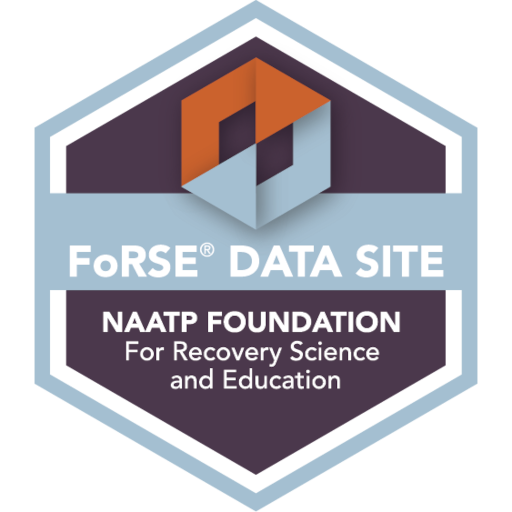What is a Sedative-Hypnotic Drug?
Sedative-hypnotic drugs are a classification of central nervous system depressants used to treat sleep disorders, sleep disturbances, and anxiety.
While barbiturates are a well-known part of this category, they have been supplanted by benzodiazepines and the newer Z-drugs in usage.
Patients using these and other drugs like Norco for their sleep-inducing and calming effect should always consult with a professional about any side effects or changes to lifestyle and dosage.
How do they Affect the Central Nervous System?
Sedative-hypnotics increase the production of gamma-aminobutyric acid (GABA), a chemical that slows brain activity. This causes the calming effect that make sedative-hypnotics effective for treating anxiety and sleep disorders.
For the first days of use, a person taking a sedative-hypnotic drug may feel sleepy and clumsy until their body adapts to its effects. Use and abuse of all these drugs can also cause:
- Slurred speech
- Difficulty concentrating
- Headache
- Light-headedness
- Dizziness
- CNS depression
- Low blood pressure
- Slowed breathing
What is the History of Sedative-Hypnotics?
For centuries, persons needing help achieving and maintaining sleep or relief from anxiety drank alcohol or used opium for its hypnotic effects.
Starting in the mid-19th century, chloral hydrate was used to treat insomnia and to sedate patients in mental illness asylums.
Barbiturates were first used by veterinarians for euthanizing animals in the early 1900s. They became popular as a sedative for humans from the 1920s to the 1950s. More than 2,500 barbiturate derivatives were synthesized, including the so-called “truth serum,” sodium pentothal.
Benzodiazepine receptor agonists were developed in the 1950s and proved more effective than barbiturates. It was easier to control dosage and side effects than with the older agents which were known for adverse effects and could cause respiratory failure.
Nonbenzodiazepine receptor agonists –Z-Drugs–are the latest in this class of drugs. These short-acting drugs appear to be the best medication for treatment of insomnia and anxiety disorders .
Other sedative hypnotic drugs include selective melatonin agonists, which are providing promising new treatment options for sleep disorders.
What are the Two Main Classes of Sedative-Hypnotics?
Today the two major classes of sedative hypnotics are benzodiazepines and Z-drugs.
Benzodiazepines (and brands) include:
- Diazepam (Valium)
- Chlordiazepoxide (Librium)
- Clorazepate (Tranxene)
Z-drugs (and brands) include:
- Eszopiclone (Lunesta)
- Zaleplon (Sonata)
- Zolpidem (Ambien)
- Zopiclone (Zimovane)
All these sedative hypnotic agents are used to treat anxiety disorders, in the treatment of insomnia, and for muscle relaxation.
Dangers of Sedative-Hypnotic Drugs
As with all drugs, long-term use can result in physical dependency and the perceived need to use larger doses to maintain the same effect.
Abuse of sedative-hypnotics can lead to overdose, death, or suicide. Patients or their caregivers need to carefully read the prescribing information including drug interaction information. Lower doses (versus higher doses) mean lower risk of sedative hypnotic toxicity and the possibility of poisoning.
Not all the dangers of drug use are internal. When treating insomnia with sedative hypnotic drugs, one of the hazards is sleep walking.
Alcohol abuse or the use of any illicit drug in combination with sedative hypnotics can cause respiratory depression or death.
Sedative-hypnotics are not a safer alternative for older adults. Studies show that sedative-hypnotics are more likely to cause memory issues, drowsiness, and physical mishaps, making their use by older adults problematic.
Even stopping usage involves dangers. A person desiring to cease taking a hypnotic drug should ask a doctor to provide medical advice and to monitor them for withdrawal symptoms including impairment of motor skills and thought processes.
Sedative-Hypnotics and Cognitive Behavioral Therapy
According to The National Institutes of Health, lifestyle changes often help to improve short-term insomnia.
Cognitive Behavioral Therapy (CBT), a form of psychological treatment, has proven to be effective in the care of patients with chronic insomnia, anxiety, and depression. A doctor’s differential diagnosis may reveal if CBT will help a person suffering from insomnia or anxiety.
Sometimes CBT is used in combination with drugs. Highly agitated patients can be difficult to treat. Inducing sedation to help them become receptive to cognitive behavioral therapy can be helpful. Studies have shown, however, that patients who receive CBT without a drug benefit more from therapy in the long run.
Habits that Aid Sleep
The National Institutes of Health recommend the following habits:
- Sleep in a cool, quiet room without a television or other electronic devices
- Go to bed and wake up at about the same times daily
- Don’t intake caffeine, nicotine, or alcohol close to bedtime.
- Exercise or do regular physical activity daily
- Don’t nap, especially in the afternoon.
- Eat meals on a regular schedule and avoid late-night dinners.
- Limit fluid intake drink close to bedtime.
- Discover new stress management techniques.
- Avoid sleep-disrupting medications if possible
La Hacienda Treatment Center
The dedicated professional staff at La Hacienda Treatment Center have been helping people with substance use disorders–including addiction to depressants—Since 1972.
Our serene 40-acre campus in the Texas Hill Country provides a serene and healing environment that aids recovery.
If you or a loved one has a problem with sedative-hypnotics or other substances, phone (800) 749-6160 and talk with one of our on-site admission specialists. They will take your information and help determine a path to recovery.

Sedatives
Sedatives are central nervous system (CNS) depressants that slow brain activity. Employed to induce sleep and relax users, they are also called tranquilizers.
Tranquilizer
Tranquilizer is the common name for a sedative intended for the treatment of agitation, anxiety, fear, and disorders of the mind. The term was first used in the mid-1950s in connection with the creation of the first prescription sedatives.

Narcan
NARCAN® Nasal Spray is a trademarked FDA-approved prescription form of naloxone used for the emergency treatment of opioid overdose.
Antidepressants
Antidepressants are used to treat depression. They don’t necessarily cure it, but they can reduce the symptoms.




